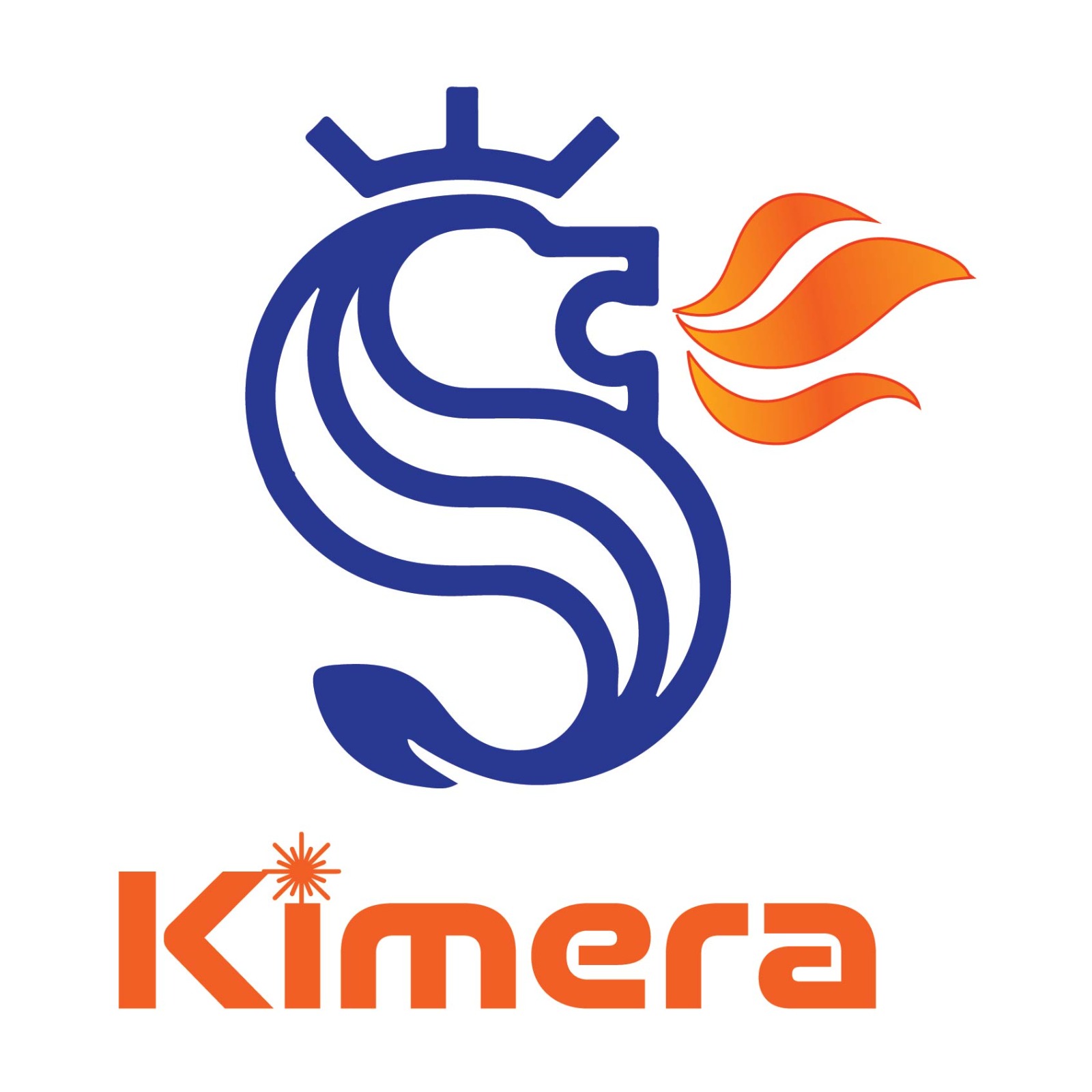Dr. Sascha Sadewasser is the Principal Investigator of the Laboratory for Nanostructured Solar Cells at INL – International Iberian Nanotechnology Laboratory. The group of Sascha works on the development of advanced solar cell materials and devices implementing nano- and microstructures. Additionally, scanning probe microscopy methods, especially Kelvin probe force microscopy, are developed and applied for the characterization of the optoelectronic nanostructure of solar cell materials. The group also works on 2D chalcogenide materials and other energy-related materials. Sascha Sadewasser holds a Diploma (1995) in Physics from the RWTH Aachen, Germany and a PhD (1999) from the Washington University St. Louis, MO, USA. After 2 post-docs in Berlin (Hahn-Institute) and Barcelona (Centro Nacional de Microelectrónica), he became group leader and later deputy department head at the Helmholtz-Zentrum Berlin, Germany. After his Habilitation in Experimental Physics from the Free University of Berlin, Germany (2011) he joined INL in 2011. Sascha has published more than 130 peer-reviewed papers (incl. Nature Energy, Nature Communications, Physical Review Letters, and Advanced Energy Materials), with about 3900+ citations (h-index 36, web of science). He has published 5 book chapters and 2 books and has been granted 3 patents. He has participated in and coordinated several European and international collaboration projects and is a member of several scientific committees and evaluation boards.
Semi-transparent solar cells have attracted strong interest in the photovoltaic industry as they allow the integration of photovoltaics in buildings, e.g. as windows. The current state of the art uses either tiled Si wafers, separated by transparent gaps, or thin-film solar cells with strongly reduced thickness allowing light transmission of longer wavelength light. Both approaches lead to an unsatisfactory user experience, either by a partially obstructed view or red colored lighting. Here, we present an alternative approach consisting of micro-patterning Cu(In,Ga)Se2 (CIGSe) solar cells in micro-stripes with fully transparent gaps in-between, leading to a superior user experience. To demonstrate the concept, we developed a top-down micro-structuring approach, where an opaque CIGSe solar cell is spatially segmented into micro-sized line-shaped solar cells. Varying the lines’ width and spacing, the window’s average visual transparency (AVT) is controlled. We use photolithography to define the pattern of micro-lines on top of a complete CIGSe solar cell stack. An aqueous bromine solution is then used to etch the developed solar cell areas, while the photoresist protects the solar cell lines. The bromine solution etches the complete CIGSe stack without damaging the photoresist. This process leads to an over-etch of the window layer of ~30 µm, making it challenging to fabricate lines narrower than 200 µm. After the bromine etching, a second etch with sodium hypochlorite removes the exposed molybdenum, thereby making the areas in between the solar cell lines fully transparent. To ensure proper current collection, we preformed simulations to design a metallic front contact grid that minimizes shadowing and ohmic losses in the transparent conducting oxide (TCO) layer. Narrow tapered aluminum electrical contacts were evaporated on top of the full length of the line solar cells, with a width between 30 m and 1 m. The process led to a non-disturbing color neutral semi-transparent CIGSe solar cell with a total area efficiency of 7.6 % and an AVT of 45 %. (Keywords: Cu(In,Ga)Se2, semi-transparent photovoltaics, building-integrated photovoltaics, BIPV)


